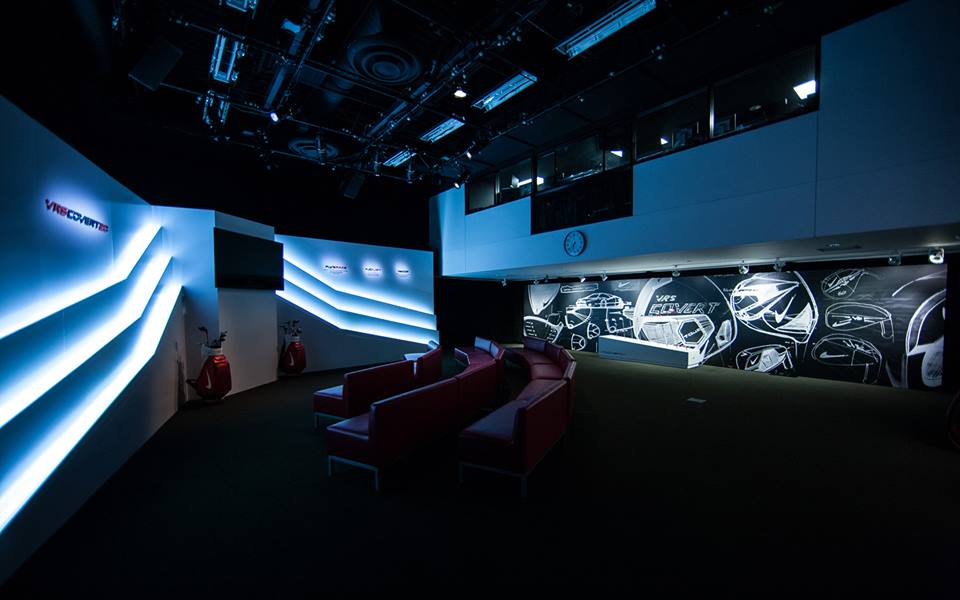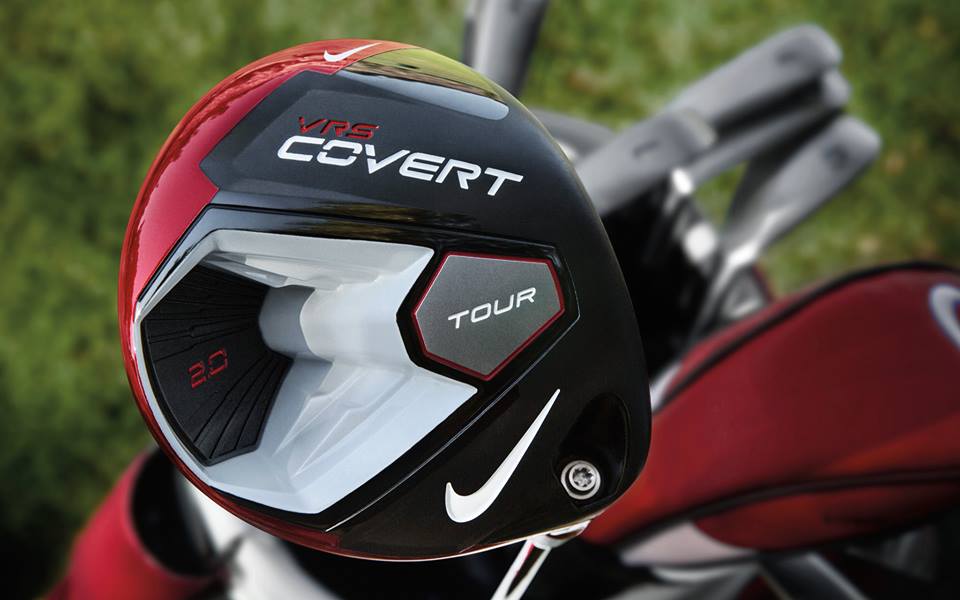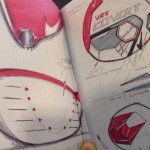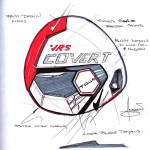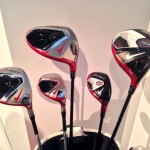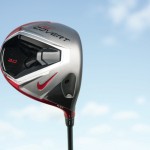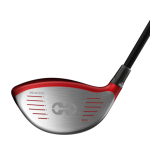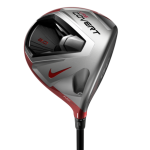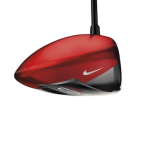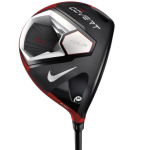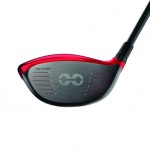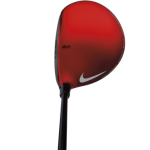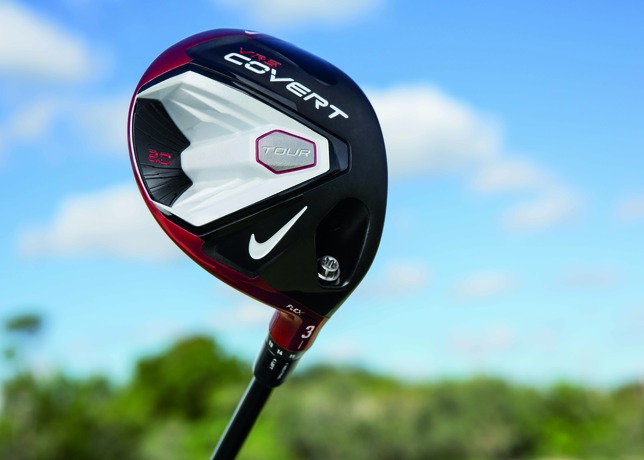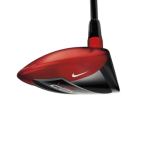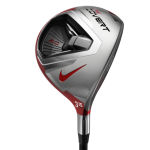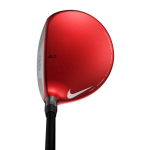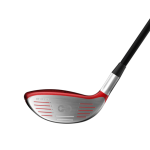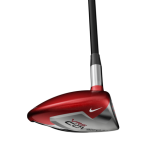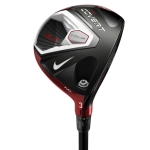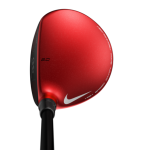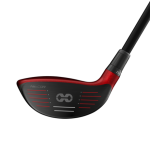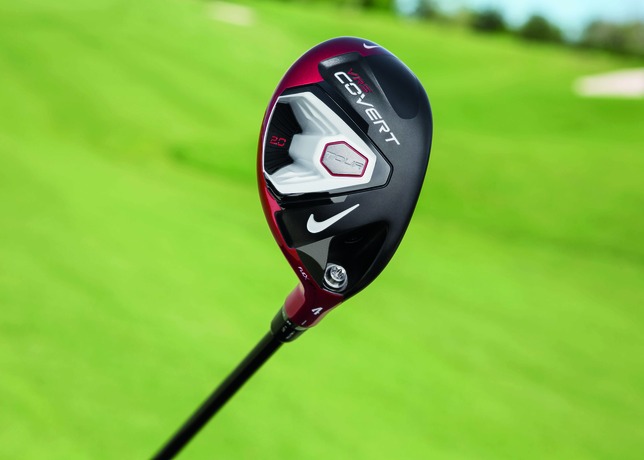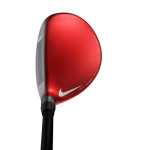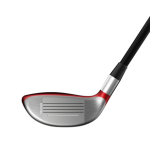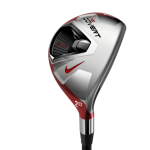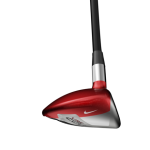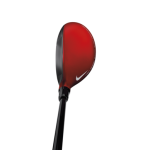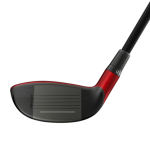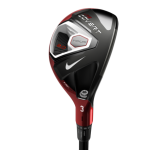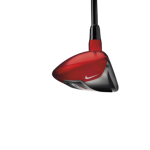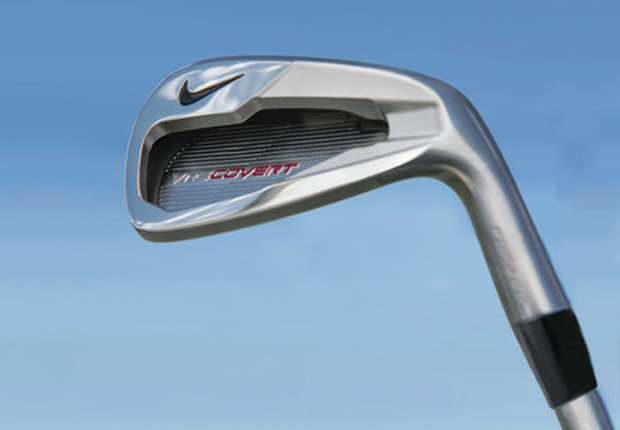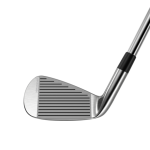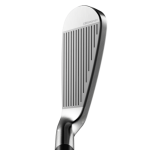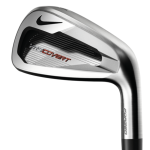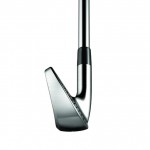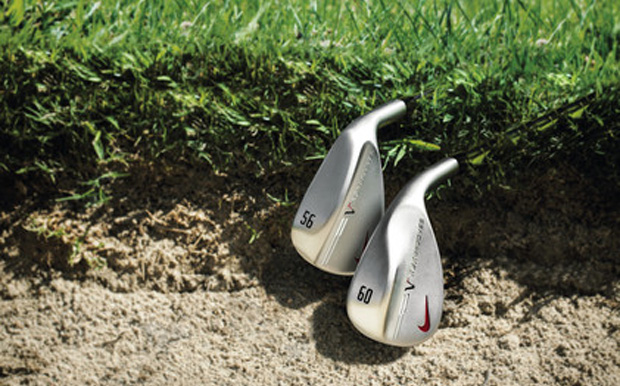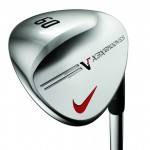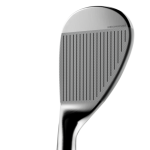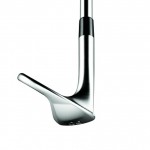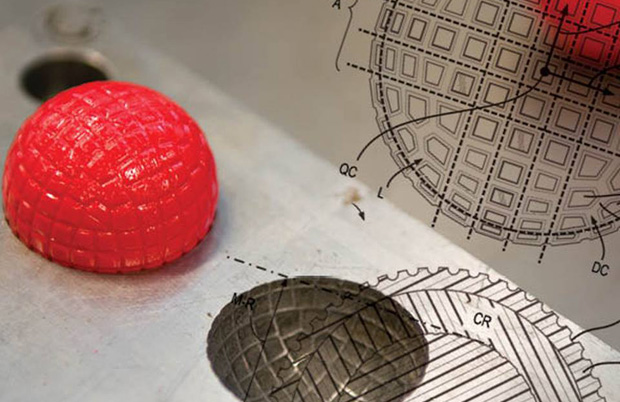Nike Golf held their Innovation Summit at their World Headerquarters in Beaverton the past two days, introducing their full line of apparel and equipment for the coming season. During the third day of the Innovation Summit, Nike Golf will be brought all guests from Portland, Oregon to Las Vegas, with Rory McIlroy awaiting their arrival to give them a clinic through his bag of all new 2014 equipment, and to take all the new golf clubs and balls for on course testing. We’ve already featured all of the apparel that Nike Golf will offer in 2014 and in this post, we’ll be taking a closer look at all the new 2014 equipment – drivers, fairway woods, hybrids, irons, wedges and golf ball!
VRS Covert 2.0 driver
We’ve briefly introduced the VRS Covert 2.0 driver earlier in the week. It is bigger, faster and longer than last year’s Covert, the world’s first driver to feature High Speed Cavity Back technology. This year’s model is even more forgiving to players, giving them more distance, faster ball speed and adjustability/customization to meet the needs of every golfer. The High Speed Cavity Back technology has been redesigned with Fly-Brace technology that ties the sole to the crown. This stiffens up the rear portion of the club so more energy is transferred to the face at impact resulting in greater ball speed and up to six yards of distance gain over the Covert. It also redistributes weight to the heel and toe to allow for increased distance and more stability across the face of the driver.
The VRS Covert 2.0 has already been in the bags of several Nike Touring staff, including Rory McIlroy, Kevin Chappell and Nick Watney. More improvements over last year’s model include a larger, re-engineered NexCOR face and the FlexLoft adjustability, which allows golfers to customize loft and face angle positions, essentially giving them 15 drivers in one. The redesigned NexCOR incorporates variable face thickness for a faster, hotter face. The FlexLoft system allows golfers to adjust lofts from 8.5 to 12.5 degrees while independently changing face angle positions to optimize their desired launch and spin conditions for maximum distance and accuracy.
Both drivers will have standard Mitsubishi Rayon Kure Kage shafts – in the Tour version, players will have the Kuro Kage Silver 60 graphite featuring Titanium Nickel fiber in the tip section to create more stability and lower spin. In the Standard version, the Kuro Kage Black HBP Graphite 50 shaft offers a higher balance point allowing for higher swing speeds without adding shaft length. Both drivers will be available in stores on January 31, 2014 – $299 for the Standard and $399 for the Tour.
VRS Covert 2.0 fairway woods
The High Speed Cavity Back technology is also a main element in the VRS Covert 2.0 fairway woods. Similar to the driver, the technology allows for longer and straighter shots. The centre of gravity has been lowered as well to promote a higher launch angle with reduced spin (about 600rpms), producing a significant improvement in distance gained (about eight yards for the average player).
The Fly Brace technology has also been re-engineered, redistributing material from the centre of the club towards the hell and toe for increased stability. The Fly Brace technology stiffens the chassis to focus flexing toward the new NexCOR face, which offers variable thickness. This results in a faster, hotter face with higher ball speeds. And just like the driver, the fairway woods also offer FlexLoft technology, allowing golfers to choose their loft and face angle independently of each other.
The VRS Covert 2.0 fairway woods will also use Mitsubishi Rayon’s Kuro Kage shafts in both the Standard and Tour models. The Tour will feature the Kuro Kage Silver 70 graphite featuring Titanium Nickel fiber in the tip section, creates more stability and lower spin and the Standard will have the Kuro Kage Black HBP Graphite 60 shaft, featuring a higher balance point allowing for higher swing speeds without adding shaft length.
VRS Covert 2.0 Hybrids
With the VRS Covert 2.0 hybrids, the engineers at Nike Golf’s The Oven developed Linear Transition Design, where the club heads progressively get smaller as loft increases, which increasing the face height. Therefore, the #2 and #3 hybrids, with larger heads, perform more like fairway woods to advance the ball, while the #4 and #5 hybrids are designed for approach shots toward the green. The longer the shot, the more forgiving the club.
Like the drivers and fairway woods, Fly Brace technology reinforces the High Speed Cavity back design for longer and straighter shots. The cavity back design improves the moment of inertia, helps to stiffen the back of the golf club and improve the energy transfer across the club face. FlexLoft technology is also used in this line of hybrids as well as the re-engineered NexCOR face technology.
Mitsubishi Rayon’s Kuro Kage graphite shafts are also the standard graphite shaft option for both hybrid models. The Tour version will have the Kuro Kage Silver 80 graphite shaft, which creates more stability and lower spin. The Standard version utilizes the Kuro Kage Black HBP Graphite 70 shaft, featuring a higher balance point to allow for higher swing speeds without adding shaft length.
VRS Covert Forged Irons
This is Nike Golf’s new VRS Covert Forged irons, built with metal wood distance in mind. They provide high speed performance with a premium design, incorporating the re-engineered NexCOR club face that offers variable thickness technology for faster ball speeds and greater distance. The variable thickness really amplifies the trampoline effect off of the face. A high-speed cavity back design with a lower, deeper center of gravity also promises longer and straighter shots. The irons delivered up to seven additional yards in distance compared to last year’s model.
Nike Golf’s main focus was to improve distance and off-centre hit performance with this iron. Their research showed that more than 80% of player impact is between the center and toe side of an iron, so it was a key focus for them to shift the center of gravity to the center of the face and move the true sweet spot to the area where most people hit the ball. Off center performance has increased by as much as 17%. The VRS Covert Forged iron also fearues the X3X groove technology – these are grooves that are closer together and deeper on the club face. These grooves help maximize spin and maintain ball flight, resulting in a 50% decrease in long iron dispersion from difficult lies.
VR X3X Toe Sweep wedges
This is the new Nike Golf VR X3X Toe Sweep wedges. Functional sole configurations have been analyzed and tested over the past 5 years to deliver this innovative design that makes it significantly easier to hit out of the toughest lies from anywhere around the green. A wider sole area toward the tow and a relieved heel ensure versatility around the greens and make it easier for golfers to hit out of bunkers. Improved X3X groove technology delivers a more consistent shot in any condition, better ball flight and superior stopping power on the green.
The Toe Sweep sole combines the best attributes of several of Nike Golf’s most functional grinds. It performs like a wide sole wedge from the bunker, but slides through the tightest lies around the green with ease. In addition to the Toe Sweep design, Nike Golf also offers the Tour-validated Dual Wide sole wedges, which have a wide “c-shaped” grind with heel and toe relief, helping to launch the ball high with maximum spin. The X3X groove technology is also featured in these wedges, adding width to the shape of the existing X3X grooves to create a new X3X 27 groove design for the VR X3X line of wedges. The enhanced design improves spin consistency for more precision when approaching the green. Both VR X3X wedges feature a satin chrome finish, Dynamic Gold Wedge shafts and Golf Pride Tour Velvet 360 grips.
Speedlock RZN Core Technology and RZN Golf Balls
Perhaps the biggest breakthrough for Nike Golf in 2014 is the development of their Speedlock RZN Core technology. This technology features an interlocking core design, similar to that of a waffle iron, and interconnects with the compression layer to form a tighter bond. This helps to harness more energy between layers for faster ball speed, longer distance and more stability into the wind. To harness more energy between the layers, the interlocking geometry of the core helps eliminate the slipping that normally occurs between a traditional, smooth-surface core and the outer layer. When a clre slides or slips on impact, the ball loses energy and as a result, speed and distance.
Furthermore, the lightweight RZN material allows engineers to add weight to the perimeter of the golf ball, which gives the RZN golf ball family an extremely high Moment of Inertia (MOI) and provides incredible ball flight stability in all wind conditions. In addition, a new spin-optimized coating has been applied on the outer surface of the ball, helping grip the grooves for better control on wedge and iron shots. The coating, in addition to a softer cover and softer compression in the core, also helps provide improved sound and feel, especially on off-center shots. This new technology will be featured in four new lines of golf balls:
RZN Platinum: Tour Performance control and moderate spin
RZN Black: Tour Performance distance and less spin
RZN Red: Distance Performance, longer carry
RZN White: Distance Performance, softer feel, for swing speeds 95-100 mph
Source: Nike Inc.

